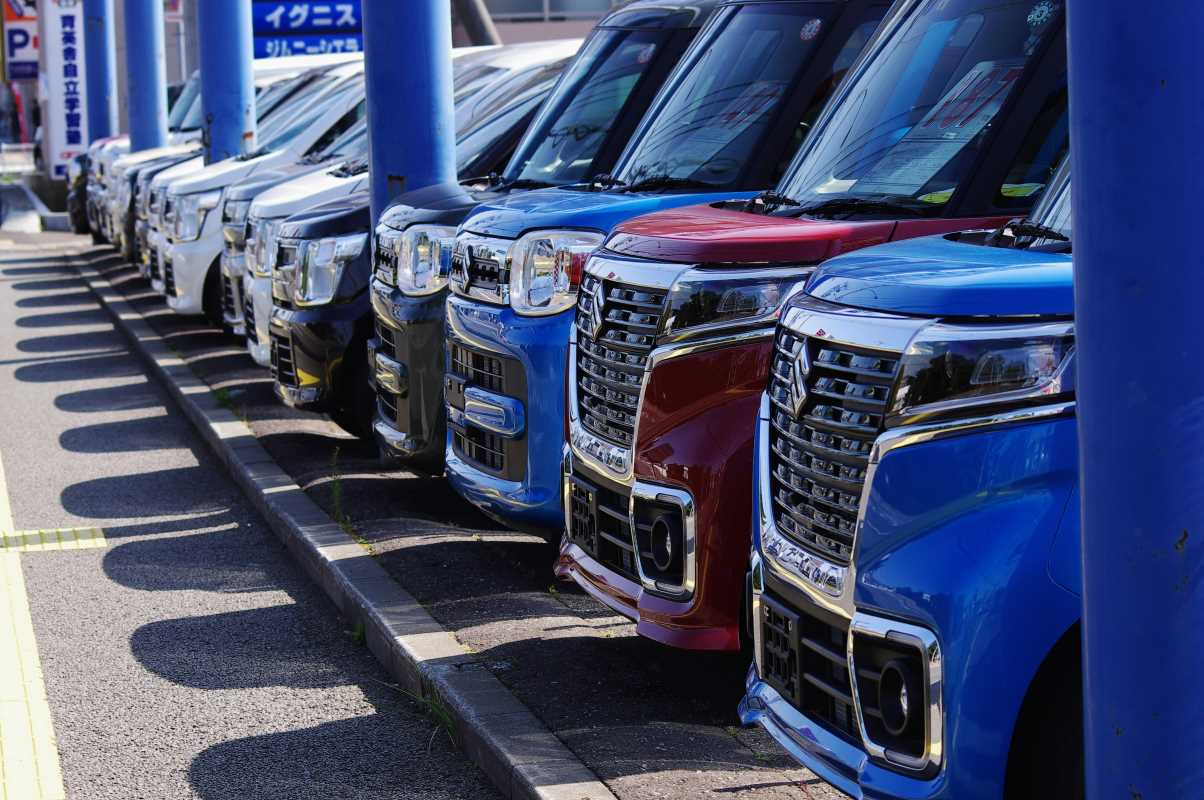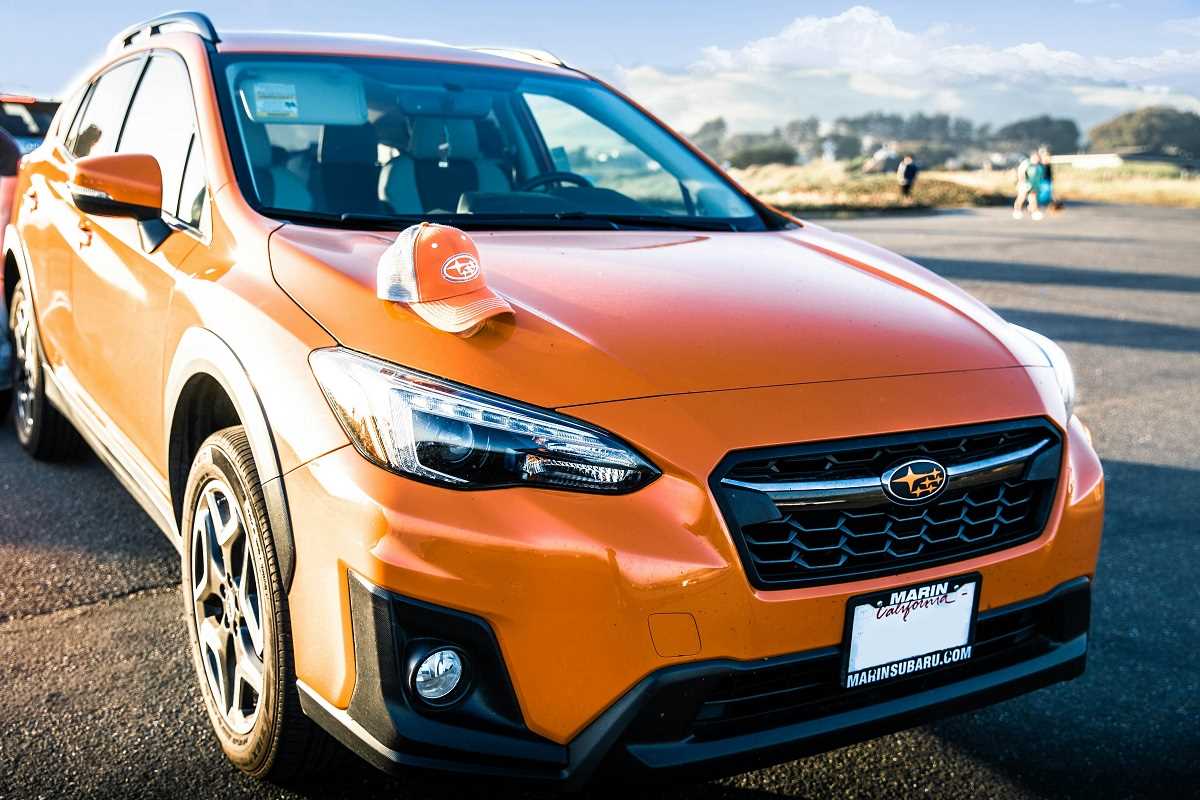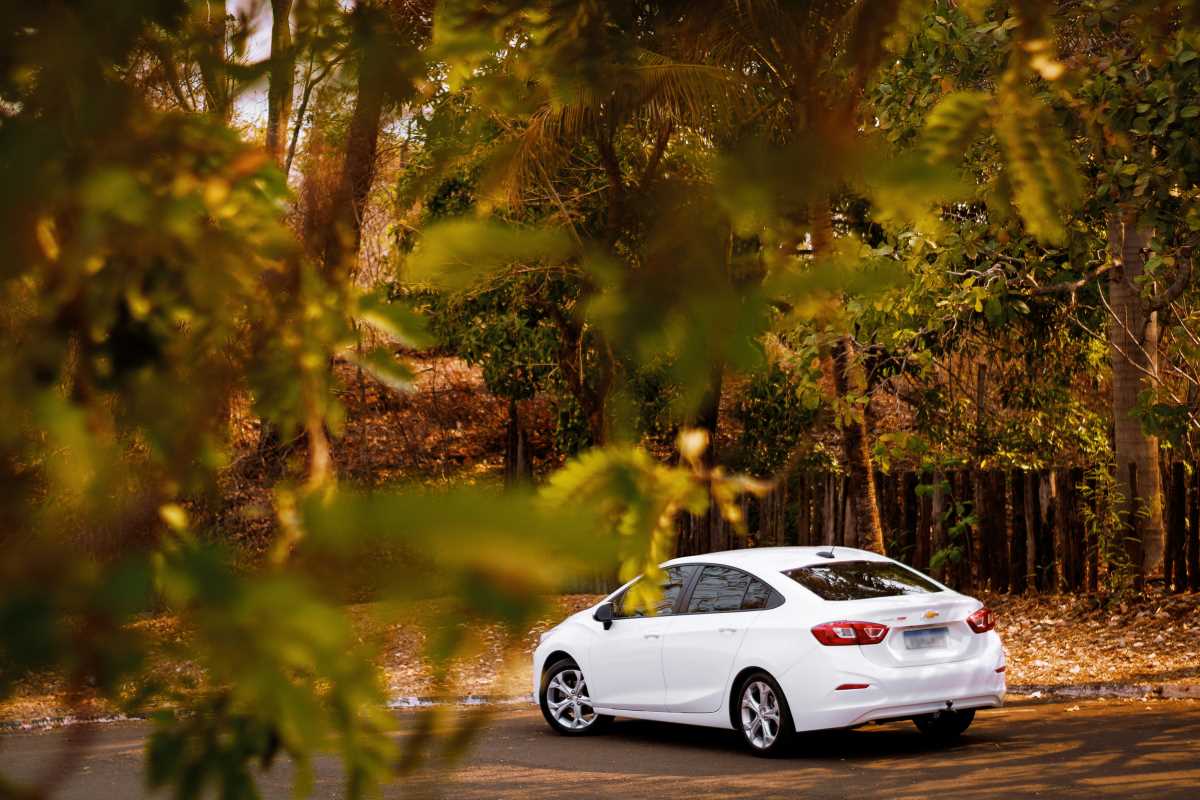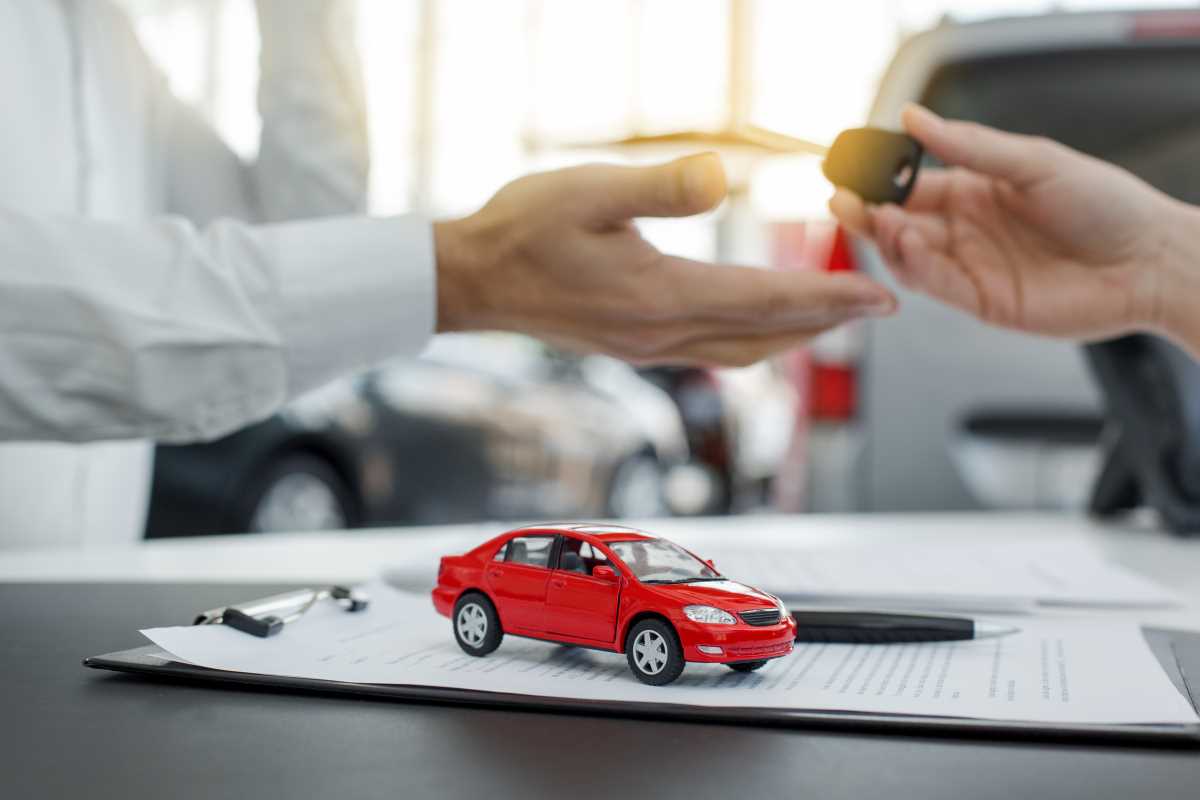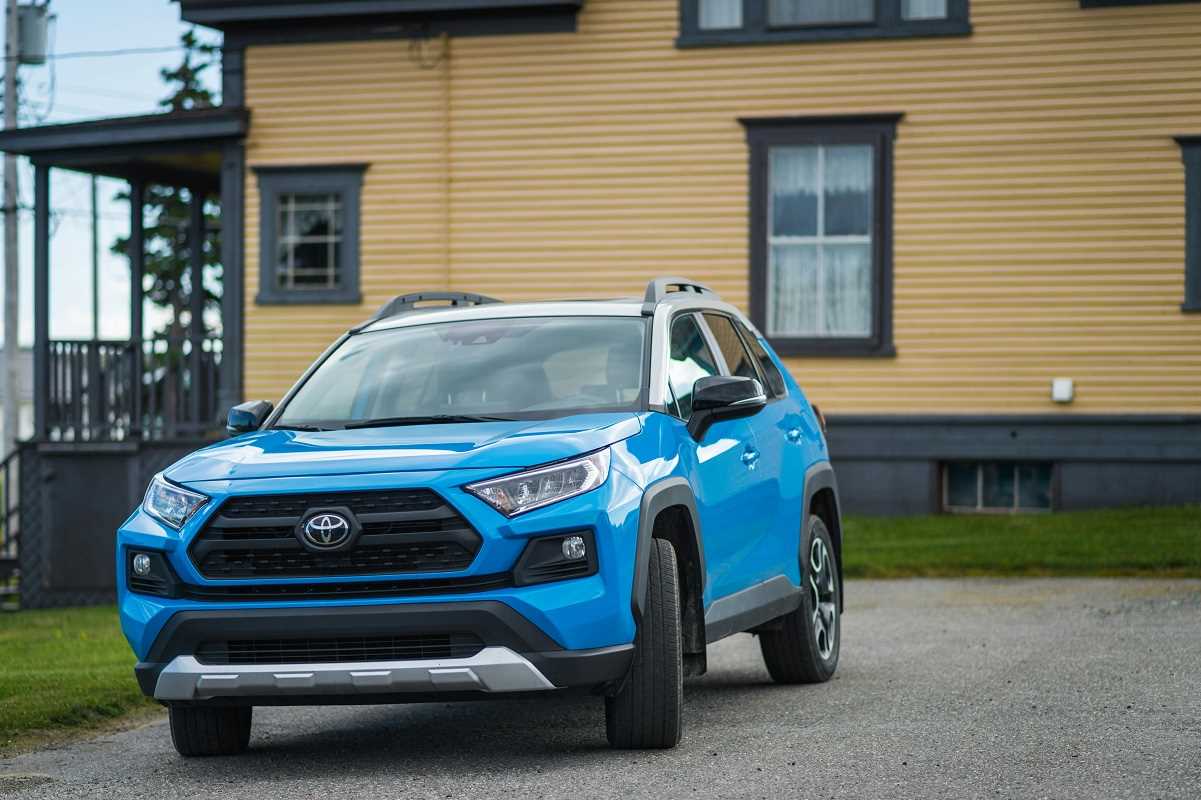Electric vehicles (EVs) are changing the way we think about road trips. They’re environmentally friendly, affordable to run, and a quiet, smooth ride. But taking a road trip in an EV does require a bit more thought than a trip in a gas-powered vehicle. One of the biggest things to consider? Charging stations. Unlike gas stations, which seem to pop up on every corner, EV chargers are more spread out. To make your adventure stress-free, it’s smart to plan your stops and destinations around where you can recharge. Don’t worry. It’s not as complicated as it might sound. With a little prep, you can map out a road trip that keeps the battery full and the fun flowing.
1. Start With the Right Tools
Before you start dreaming of mountain passes or scenic coastal drives, make sure you’ve got the right apps or tools. Apps like PlugShare, ChargePoint, or A Better Routeplanner are lifesavers for EV owners. They can help you see where charging stations are located, what type of chargers they offer, and even whether they’re currently in use. These apps are like having a personalized guide in your pocket, showing you the best spots to recharge both your car and yourself.
Keep in mind the type of charger your EV needs. There are three levels of chargers, but Level 3 chargers, also known as fast chargers, are best for road trips. They can juice up your car quickly, often in under an hour. Relying on Level 2 chargers will need more time for your itinerary.
2. Map Your Route Around Chargers
Once you know the chargers' location, you can start mapping your route. Think of planning as solving a puzzle where you connect fun destinations with practical charging stops. If you’re traveling through cities or along major highways, you have a good chance of finding conveniently placed chargers. Rural areas or national parks may be trickier, so double-check that chargers are nearby before you add an off-the-grid spot to your itinerary.
Say you’re driving from Los Angeles to San Francisco. Instead of taking a direct route, look up charging stations along the way and make those spots part of your adventure. Maybe you stop in a cute little town for lunch while your car charges, or you plan a hike near a charging station.
Always plan to stop for charging before your battery dips below 20%. This avoids anxiety and ensures you have enough energy to get to your next destination, even if a charger happens to be out of order.
3. Blend Charging Stops With Sightseeing
Here’s the good news about planning your trip around charging stations: it gives you a reason to explore places you might have otherwise skipped. Look for charging spots near attractions, restaurants, or parks so your downtime isn’t wasted. While your car charges, you can grab a bite to eat, take a stroll, or even check out a local museum.
Some EV chargers are located at shopping malls or big-box stores, making it a great time to restock snacks or pick up a souvenir. Other chargers are next to hotels, which is perfect if you plan an overnight stop. Treat your charging breaks as part of the adventure, not just a necessity.
4. Know Your Battery’s Range
Understanding your EV’s range is a must. Every EV is different. Some cars can go over 300 miles on a single charge. Others might need a plug-in after 150 or 200 miles. Knowing how far your car can travel on a full battery will help you figure out how often you’ll need to stop.
To avoid surprises, keep in mind that your EV’s range can be affected by speed, weather, and the weight of your luggage. Higher speeds use up more battery power, as does cold weather. Planning shorter stretches between chargers than you think you’ll need is a smart way to handle this. It’s always better to stop too often than to end up stranded.
5. Choose EV-Friendly Destinations
Some destinations make traveling with an EV easier than others. Big cities tend to have plenty of charging options. Smaller towns or rural areas have much fewer options if they have any chargers at all. When picking where to go, look for places known to be EV-friendly. Many tourist destinations now have chargers at popular landmarks or public parking lots.
National and state parks are also getting better about offering charging stations at visitor centers or campgrounds. A growing number of hotels are including EV charging as an amenity, making it a breeze to top off your battery overnight. Before booking accommodations, check to see if they offer charging so you don’t waste time hunting for a station in the morning.
6. Have a Backup Plan
Traveling with an EV is usually smooth sailing, but it helps to have a plan B just in case. What happens if the charger you’re counting on is out of service or there’s a line of cars waiting to use it? Being prepared for these situations will save you from unnecessary stress.
Map a few charging stations per stop so you know where the next closest one is in case you need it. Carry a Level 1 charging cable with you as a last resort. It’s slower, but plugging into a standard 110-volt outlet in an emergency can give you enough power to reach a nearby station.
Also, consider signing up for more than one charging network so you’re not limited to just ChargePoint or Electrify America chargers.
7. Make Tech Work for You
Technology is your best friend on an EV road trip. Many newer EVs have navigation systems that automatically map chargers along your route and estimate your travel time, including charging stops. Take advantage of these features if your car offers them.
For drivers without built-in navigation, your smartphone does the trick. Sync your car’s range with an app to get real-time calculations based on your battery level and distance. Getting these updates on the go can help you adjust your plans if traffic or weather slows you down.
8. Keep It Fun and Relaxed
Yes, EV road trips take some planning, but it’s all part of the adventure. Once you’ve mapped your route, booked your EV-friendly accommodations, and packed your car, try to sit back and enjoy the experience. You’ll get to discover cool new places during charging stops, save money on fuel, and minimize your environmental footprint.
Stopping at that small-town diner or relaxing in a public park during a charge could become the highlight of your trip. With the rise of EVs, road-tripping is evolving into something slower-paced but more enriching.
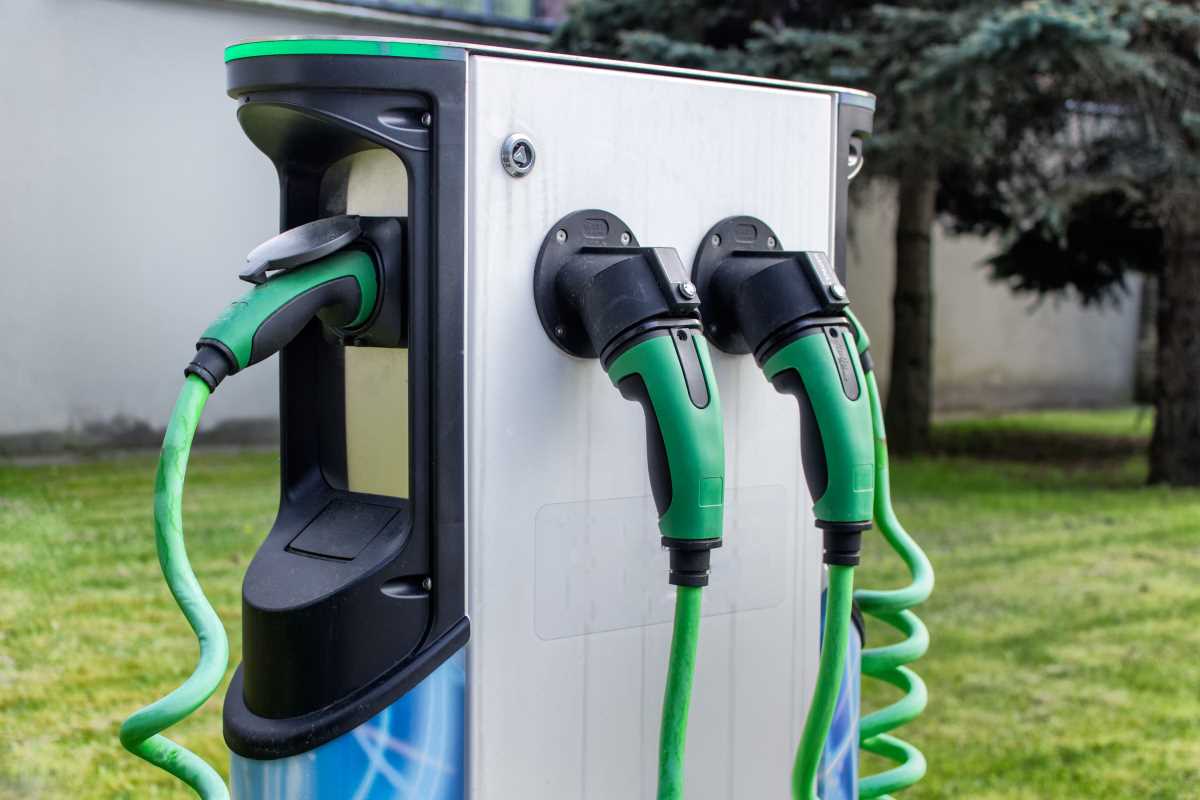 (Image via
(Image via